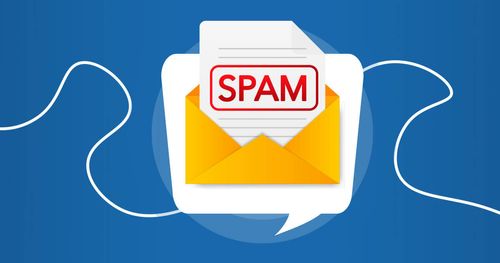Navigating the path from an outbox to an inbox can sometimes feel like a journey fraught with obstacles, particularly the dreaded spam folder. In the world of email marketing, landing in the spam folder is akin to getting lost in a digital wilderness, where your message remains unseen and unheard. This article aims to guide you through the essential steps to ensure that your emails successfully reach their intended destination – the inbox.
1. Understanding Email Spam Filters: The Gatekeepers
The first step in your journey is understanding the role of spam filters. These are the gatekeepers that decide whether your email is inbox-worthy or destined for spam. Spam filters assess various elements, from sender reputation and content quality to user behavior. Knowing how these filters operate is crucial to tailoring your approach.
2. Building and Maintaining a Strong Sender Reputation
Your sender reputation is a critical factor in email deliverability. It is shaped by factors like the volume of emails you send, engagement rates, and the number of spam complaints you receive. A strong sender reputation increases the likelihood of your emails being welcomed into inboxes. This reputation is maintained by consistent, quality communication and respecting user preferences.
3. Crafting Quality Content That Engages
The content of your email plays a significant role in its deliverability. Avoid spam-like language, misleading subject lines, and overly aggressive sales pitches. Instead, focus on creating content that is engaging, relevant, and provides value to your recipients. Personalizing your emails can also significantly improve engagement rates.
4. Regular Email List Hygiene: A Must-Do Task
A clean and well-maintained email list is fundamental to avoiding spam folders. Regularly purge your list of inactive subscribers and incorrect email addresses. Ensure that your list comprises individuals who have actively opted in to receive your communications. This not only improves engagement but also maintains a healthy sender reputation.
5. Adhering to Email Authentication Best Practices
Implementing email authentication protocols like SPF (Sender Policy Framework), DKIM (DomainKeys Identified Mail), and DMARC (Domain-based Message Authentication, Reporting & Conformance) is crucial. These protocols verify your emails’ legitimacy, reducing the chances of them being flagged as spam.
6. Monitoring Engagement and Adapting Strategies
Paying attention to how recipients interact with your emails provides valuable insights. High engagement rates (opens, clicks) are favorable, while low engagement can signal to spam filters that your content isn't valued. Adapt your strategy based on these insights, tailoring content to what resonates best with your audience.
7. Testing and Continuous Learning
Finally, the landscape of email marketing is ever-evolving. Regular testing of different aspects of your emails, from subject lines to the timing of send-outs, is crucial. Employ A/B testing to discover what works best and stay informed about the latest trends and best practices in email marketing.
Conclusion
Ensuring that your emails reach the inbox and not the spam folder involves a multi-faceted approach. By understanding and working with spam filters, maintaining a strong sender reputation, crafting engaging content, keeping a clean email list, adhering to authentication protocols, monitoring engagement, and continually adapting your strategy, you can significantly increase the effectiveness of your email campaigns.
In the intricate dance of email deliverability, each step taken to improve your strategy brings you closer to your audience, ensuring your message not only reaches but also resonates with them.



